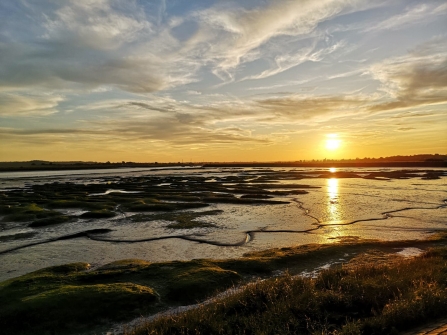Recent Work and Sightings
Autumn is creeping in at Blue House Farm, with the noticeably cooler mornings seeming to perfectly coincide with the first of September. In the past few weeks, we’ve been treated to the urgent flitting and fluttering of restless swallow “swarms” as they prepare to migrate and they’ve really started to gather in large numbers, now.
Starlings, too have been flocking together in great numbers and forming “mini-murmurations” as they whoosh overhead – a wonderful sight.






